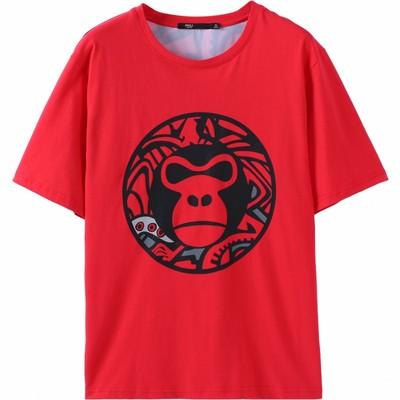Traditional clothing design structure mainly relies on techniques such as sewing, cutting and sewing. However, in recent years, many non-traditional structural innovations have appeared in the field of clothing design, introducing new materials, processes and construction methods, bringing more possibilities to clothing design. The following is an analysis of the application of some non-traditional structures in clothing design:
1. 3D printing technology: 3D printing technology can realize complex three-dimensional structure design, making Costume designers are able to create unique and detailed textures, shapes and textures. By combining 3D printed parts with traditional fabrics, more three-dimensional and futuristic clothing designs can be achieved.
2. Lamination and splicing: By laminating and splicing fabrics of different materials, rich texture and layering can be created. For example, in the design of skirts or clothing, you can use fabrics of different colors and materials to splice together, or superimpose layers of tulle and thick fabrics to increase the interest and tension of the design.
3. Structural tailoring: Structural tailoring combines tailoring technology with structural design. Through clever tailoring methods, clothing can maintain comfort while maintaining comfort. , showing a unique sense of structure. For example, folding, tightening, collage, etc. are used to form decorative lines and shapes.
4. Soft structure: Traditional clothing design focuses on the coordination of lines and fabrics, while soft structure breaks the constraints of rigid clothing structure and studies flexible Materials and elastic structure. For example, using soft materials to design clothing that can be deformed or hung makes the clothing more playable and innovative.
5. Drape and spread: By using the design techniques of drape and spread, the clothing will show different effects when worn. For example, by adding expandable structural elements to the skirt or cuffs, the clothing can show a sense of fluidity and dynamics when walking or moving.
These non-traditional structural innovations bring more artistry and creativity to clothing design, enriching the form and expression of clothing. However, factors such as comfort, wearability, and practicality still need to be considered when using these innovative structures to ensure that the functionality and aesthetics of the garment are balanced.





